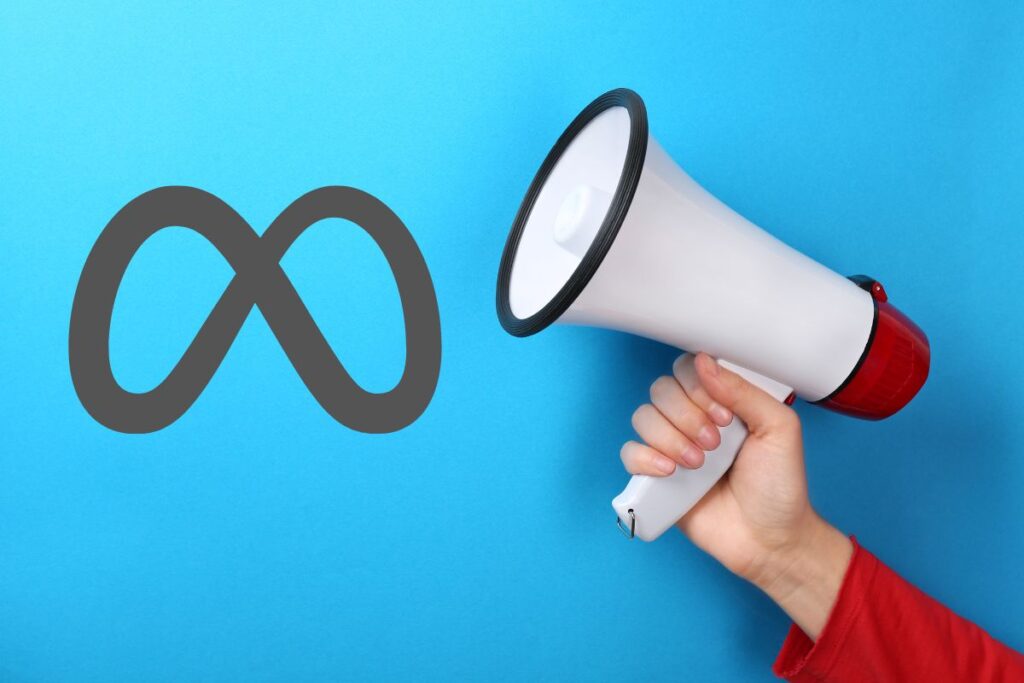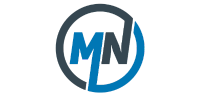
If you’ve ever run ads on Facebook or Instagram, you’ve probably asked yourself: “How much should I actually spend on Meta Ads?”
This is one of the most common—and most important—questions in digital marketing today. Meta Ads can be incredibly powerful, reaching billions of users across Facebook, Instagram, Messenger, and Audience Network. But without a clear budget strategy, it’s easy to either overspend without seeing results or underspend and never collect enough data to know what works.
Budgeting for Meta Ads isn’t about throwing money into the system and hoping for the best. It’s about creating a structured plan, understanding cost models, analyzing benchmarks, and continuously testing and optimizing. In this blog, we’ll break down the true cost of Meta Ads, show you how to calculate the right budget for your business, and provide actionable strategies to make every dollar count.
Understanding Meta Ads Cost Models
Meta doesn’t charge advertisers with a flat rate. Instead, it uses an auction-based system where cost depends on your audience, campaign objective, ad quality, and competition. To understand how much you should spend, you first need to know the three primary cost models:
Cost Per Click (CPC)
CPC is the amount you pay every time someone clicks on your ad. On average, businesses spend around $0.26–$0.50 per click. The cost can be higher in competitive industries such as finance or insurance and lower in consumer-driven industries like travel or lifestyle products.
CPC works best when your campaign goal is traffic generation—driving people to your website, landing page, or app. If your ad creative is engaging and your targeting is precise, CPC can remain on the lower end of the spectrum.
Cost Per 1,000 Impressions (CPM)
CPM measures how much you pay for every thousand people who see your ad. The average CPM typically ranges from $1–$15, depending on your industry, location, and season.
This model is ideal for brand awareness campaigns, where the goal is to get your message in front of as many people as possible. CPM can be especially valuable when launching a new product, building recognition, or creating buzz before retargeting with conversion-focused campaigns.
Cost Per Lead (CPL)
For businesses that rely on capturing leads, CPL is a critical metric. But costs here vary dramatically by industry. Reports show CPL averages at $12.67 to $21.98, but some industries—like real estate—average around $13.87, while legal and attorney services can reach a staggering $104.58 per lead.
Understanding these differences is vital. If your business is in a high-ticket industry where one customer can bring in thousands of dollars, a $100 lead may still be profitable. But for lower-ticket businesses, CPL needs to remain much lower to maintain profitability.
Industry & Regional Benchmarks
Another factor that significantly influences the cost of Meta Ads is your industry. Some industries enjoy lower CPC and CPM due to broad appeal and lower competition, while others face steep costs because of limited audiences and higher demand.
- Travel and Hospitality: CPC around $0.42. These ads often rely on visuals and lifestyle appeal, making them more engaging and cost-effective.
- Finance and Insurance: CPC as high as $3.89. Because financial services are competitive and highly regulated, ad costs naturally rise.
Geography also plays a role. Running ads in the U.S., Canada, or Western Europe is generally more expensive than targeting audiences in Southeast Asia or Latin America, where competition is lower. This means global businesses must adapt budgets depending on where they advertise.
Starting Budget for Test Campaigns
When businesses start with Meta Ads, one of the biggest mistakes is either spending too little or too much. Spending too little (like $1–$2/day) doesn’t allow Meta’s algorithm to gather enough data, while spending too much upfront can drain resources before you know what works.
A balanced approach is to start with:
- $20–$35 per ad set per day for most products and services.
- $50 per day or more if you’re selling high-ticket offers like coaching, real estate, or B2B services.
On a monthly level, a small-to-mid-sized campaign often ranges between $300 and $5,000, depending on the scope. Beginners can technically start with $1/day, but this is only useful for basic experimentation—it won’t provide enough insights for scaling.
The key takeaway: treat your early budget as a testing phase. You’re not just buying clicks—you’re buying data.
Strategic Budget Planning
Instead of guessing, use a structured formula to set your budget. Here’s how:
- Define Average Customer Value (ACV):How much does the average customer spend with you? For e-commerce, this is average order value (AOV). For services, it might be the lifetime value (LTV).
- Set Acceptable CAC:Decide how much you’re willing to spend to acquire a customer. Many businesses aim for 20–30% of ACV.
- Know Your Conversion Rate: How many leads typically convert into sales?
- Calculate Target CPL: Divide your CAC by your conversion rate.
- Multiply by Sales Goal: If you want 10 new customers, multiply CPL by required leads.
Example:
Suppose you sell an online course for $397. You’re comfortable spending 30% of that ($119) to acquire one customer. If your sales conversion rate is 10%, your target CPL is $11.90. To make 10 sales, you need 100 leads, meaning your starting ad budget should be around $1,190.
This approach prevents overspending and ensures your ad costs align with your revenue goals.
Testing Best Practices
Meta Ads aren’t about finding one “perfect” ad—it’s about testing many variations and letting the algorithm decide which works best.
- Run 10–12 ad variations each week, using a mix of images (70%) and videos (30%).
- Test different headlines, copy styles, and CTAs.
- Allow enough budget for learning. A safe rule is 3–5 times your expected cost-per-purchase per day per ad set.
Think of testing like scientific experiments—you need enough data to know what works and what doesn’t.
Factors Influencing Meta Ad Costs
Several elements influence how much you’ll end up paying for ads.
- Campaign Objective: Awareness campaigns (CPM) are cheaper than conversion campaigns (CPL).
- Audience Size: Narrow, niche audiences (like CEOs in New York) are more expensive than broader demographics.
- Bidding Strategy: Choosing “lowest cost” will spend more efficiently, while “target ROAS” ensures profitability but may limit reach.
- Ad Quality:Ads with higher click-through rates (CTR) get rewarded with lower CPC. Poor creative equals higher costs.
- Seasonality: Ad costs spike during high-demand seasons like Black Friday, Cyber Monday, or Christmas when competition is fierce.
How to Optimize Your Budget
Spending money doesn’t guarantee results—optimizing your budget does. Here are proven strategies:
- Use a full-funnel approach. Start with broad, low-cost awareness campaigns, then retarget engaged audiences with more expensive conversion ads.
- Avoid audience overlap. If multiple ad sets target the same group, you’ll end up competing against yourself, driving up CPM.
- Use broader audiences to let Meta’s algorithm optimize, but ensure targeting still aligns with your niche.
- Continuously test and refresh ad creatives. Ads with high engagement reduce CPC and improve relevance scores, saving money over time.
Scaling from Test to Full Campaign
Once you’ve found winning ads, it’s time to scale. But scaling too aggressively can backfire.
- Gradually increase your budget by 20–30% every few days instead of doubling it overnight.
- Monitor performance metrics like ROAS (Return on Ad Spend) and CPA (Cost Per Acquisition) closely.
- Duplicate winning ad sets and test them with slightly larger audiences or different placements to expand reach.
Scaling is about balance—grow too fast, and you risk resetting the learning phase. Grow too slow, and you miss opportunities.
Pitfalls to Avoid
- Many businesses waste thousands of dollars because they:
- Launch campaigns without clear objectives.
- Set budgets so low that Meta can’t optimize.
- Fail to research industry benchmarks and expect unrealistic results.
- Rely 100% on paid ads without building an organic audience, email list, or community presence.
- Avoiding these mistakes ensures your budget is spent effectively.
Conclusion
So, what’s the right cost of Meta Ads for your business?
The answer depends on your industry, target audience, and campaign goals. But the principle remains the same: set a structured budget, test multiple variations, optimize continuously, and scale what works.
Meta Ads are not about spending the most—they’re about spending smart. Start small, gather data, and reinvest into your winners. With the right budget strategy, Meta Ads can become one of the most profitable channels for your business growth.
